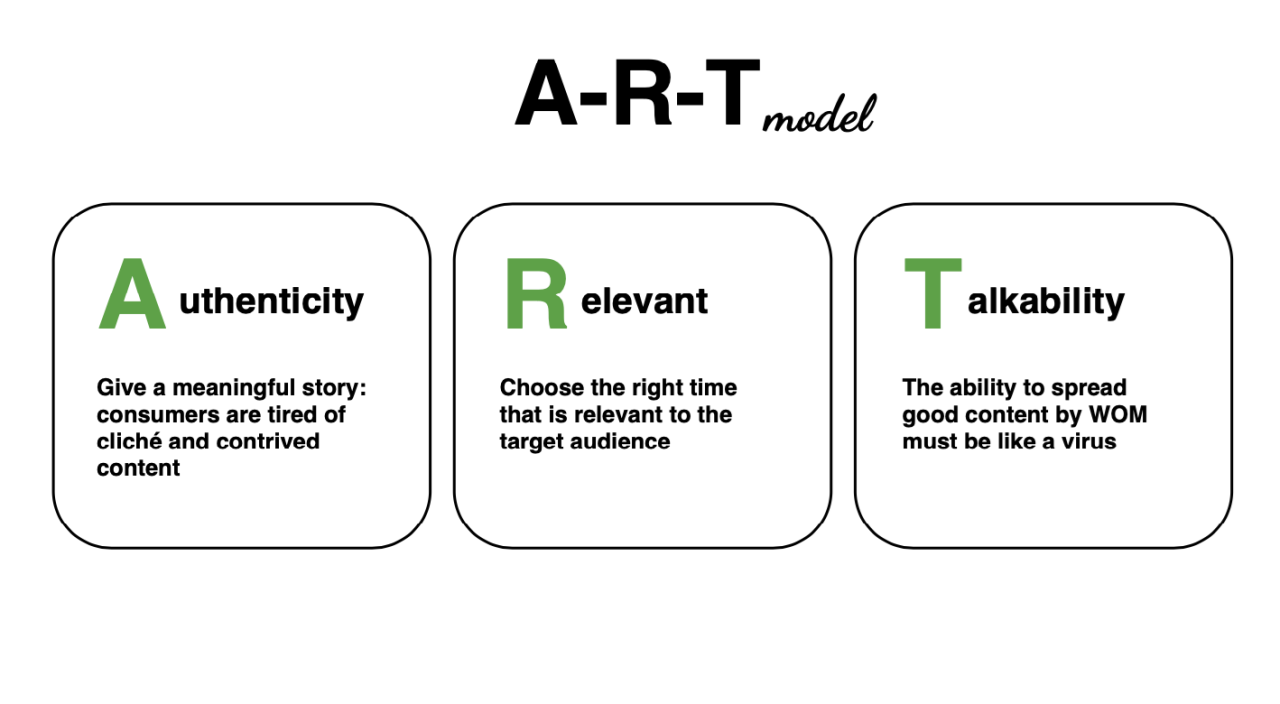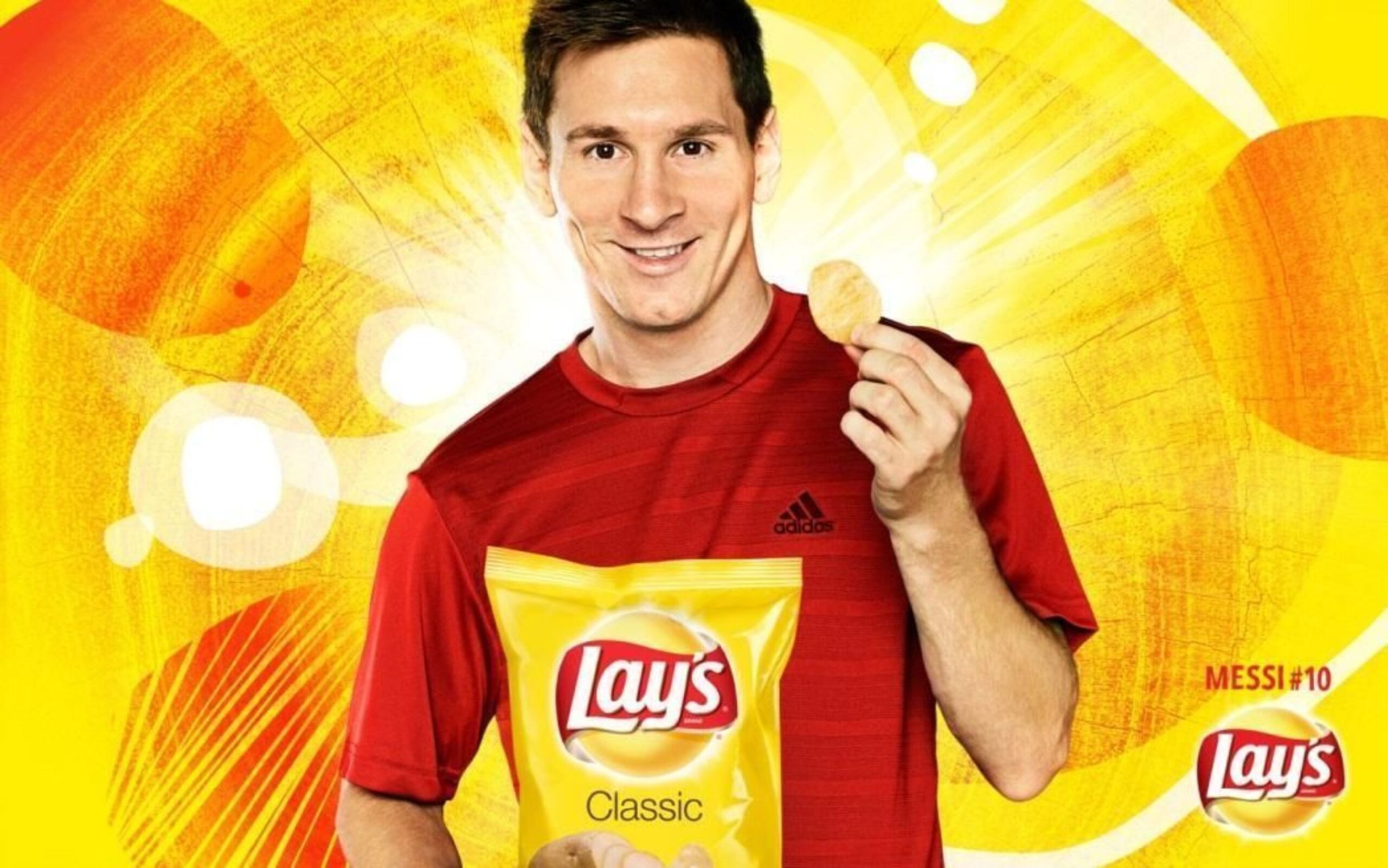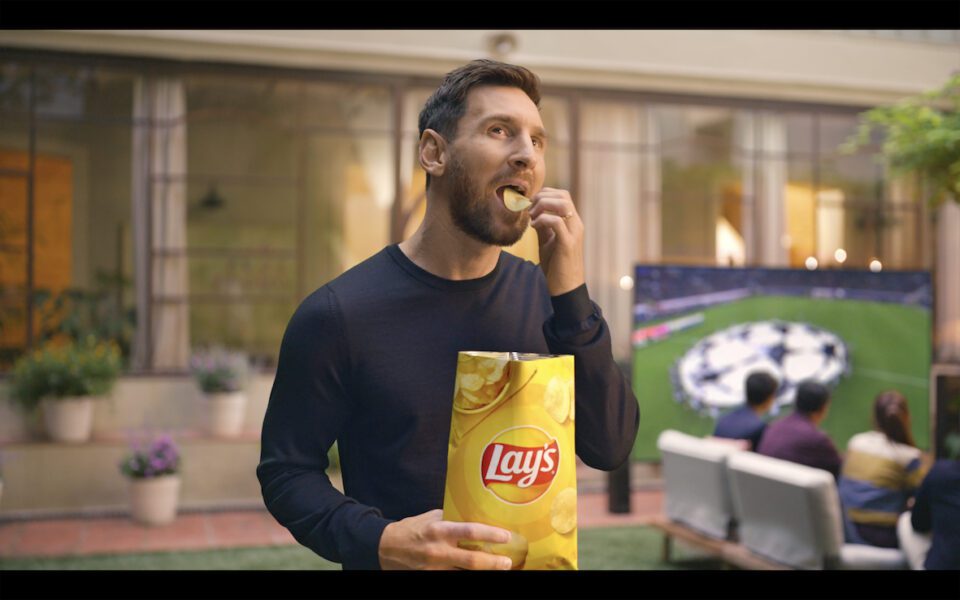How to evaluate whether an Idea has real potential for your brand? To answer this question, let’s refer to the ART Model – a set of criteria initiated by Unilever’s marketing team since 2015. And it is also quite effective measure for marketers to evaluate the potential and actual effectiveness of a marketing idea in the current market context!
ART Model – A set of marketing criteria initiated by Unilever
The ART model was originally created by Unilever’s Marketing team in 2015. Previously, all marketing activities of this group were carried out according to the ABC model with A being Attention and Awareness, B being Branding and C being Communication. With this model, Unilever’s content creation and Media Channel were carried out separately. The marketing team often focused on content creation first and then looked for distribution channels.
However, in the context of a market with diverse types of distribution channels like today, the leadership team of this group realized that the traditional ACB model and that separate way of doing things were no longer suitable. Because a communication content will have different meanings and emotions when placed on different communication channels.
And from here, a new model called ART was born, which is a combination of 3 factors: Authenticity, Relevant and Talkability. Specifically, the 3 criteria in the ART model are defined as follows:
- Authenticity: Nowadays, consumers are becoming more and more demanding when it comes to Brand information. Therefore, authenticity is one of the fundamental factors when creating a marketing campaign. Bring customers valuable, meaningful content instead of far-fetched Advertising messages.
- Relevant: Relevance and relevance are increasingly emphasized in the context of a market that is already saturated with advertising. Relevance is expressed in many small aspects of consumers’ lives: from familiar moments and consumer behaviors, small habits in daily life, or even the phrases they often use in daily life,… The more genuine and closer messages and communication channels are to consumers, the easier it will be to score points than the previous flashy advertising trend.
- Talkability: In the age of social networks, the transfer factor plays an indispensable role in the success of marketing campaigns. Therefore, when evaluating a message or a communication idea, the brand needs to consider the viral potential and the ability to stimulate customer discussion that it can bring to the campaign. At the same time, consider choosing communication channels that have the potential to be viral and spread the idea more strongly.
Thus, with the ART model, the process of idea generation and media distribution selection will be carried out in parallel.
 3 factors in the ART model
3 factors in the ART modelThe ART model has become the orientation for all marketing activities of Unilever since 2015. And it has also become a quite useful formula for marketers when building and evaluating a communication idea in the current market context. Learn more about how to use the ART model in evaluating communication ideas through a quite interesting recent Case Study of Lays – “Lay’s Potato Snack – Crispy and Delicious Until the End, Super Fun Until the End!” or “Lay’s Taste Superiority Y1” was carried out around the end of 2023.
Using the ART model to evaluate the marketing ideas of the Lay’s brand
Lay’s Brand Outlook for the Second Half of 2023:
As the second largest brand in the potato snack market in Vietnam, Lay’s has a fairly good level of recognition among consumers. However, in Vietnam as well as around the world, Gen Z consumers are gradually taking the lead – a group of consumers who love variety and novelty. Meanwhile, the market is constantly seeing new snack brands, creating no small amount of pressure on even large and long-standing brands like Lay’s.
Faced with this problem, Lay’s is forced to have stronger media push, especially for young customers. Above all, among hundreds of snack brands on the market, to have a solid position, Lay’s needs to create a deeper and more intimate connection with consumers’ lives.

Campaign Idea: “The Last Precious Piece”:
From the context of the campaign “Lay’s Potato Chips – Crispy To The End, Super Fun To The End!” was born. In which the campaign was carried out based on the idea of the “last bite” of each meal.
According to the habit of many generations of Vietnamese people up to now, in every meal, everyone will leave the last piece to give to each other. However, this view has gradually changed for Generation Z, they have become more comfortable in enjoying the last pieces of food without having to give each other too politely as before. This is also creating conflicting views in the community about whether the last piece should be eaten or given up.
From this special insight of Gen Z, Lay’s cleverly integrated the brand’s product message that “Lay’s Potato Chips are delicious until the last bite” – So delicious that you can’t bear to give up. And to convey this message most strongly, Lay’s triggered a heated discussion about a controversial topic: “Eat the last piece or give it up?” on social networking sites, through a series of outstanding activities such as: Fake OOH, Video debate from a series of famous KOCs and KOLs on TikTok,… From there, stimulate consumers to debate enthusiastically about the topic of “the last piece” and then launch videos advertising the delicious crispy last piece from Lay’s.

So with an idea like the above, how will ART be evaluated through the model?
- Authenticity: This idea has highlighted Lay’s characteristics quite well, directly emphasizing the product’s “crispy and delicious” advantage through a solid example: Even until the last bite, Lay’s snacks are still “crispy and delicious”.
- Relevant: The idea comes from a very simple, easily seen habit in the eating habits of Vietnamese people – “The last piece”. This is a very familiar topic for all generations, not just Gen Z. Therefore, when hearing about the message of the last piece, viewers will easily understand the message that the brand wants to convey. In addition, choosing a familiar eating moment like above also helps Lay’s go deeper into the lives of consumers, becoming familiar and close.
- Talkability: Although Gen Z has gradually changed its concept of the last bite. However, this is still a topic with many conflicting opinions in the community. Some people think that the last bite should still be given up to show politeness, but many people also think that this is redundant in today’s modern living context. Therefore, the idea of ”Eat the last bite or give it up” is likely to become viral when consumers debate together on social networking sites.
Thus, through the ART model, it can be seen that Lay’s idea of ”The Last Piece” meets all 3 factors quite well: Authentic description of product characteristics – Idea close to consumer eating habits – And has the ability to go viral thanks to the conflicting arguments of users. In addition, in terms of communication channels: Social networks are also the main communication channel in this campaign because it also meets the above 3 criteria quite well, especially in terms of Talkability.
By satisfying all 3 factors of the ART model, the campaign “Lay’s Potato Snack – Crispy Until The End, Super Fun Until The End!” has achieved quite a lot of success, helping Lay’s name explode again after its launch at the end of last year. By the end of 2023, the campaign recorded a total of 22 million views and 430,000 interactions. In particular, the campaign received more than 52,000 discussions, leading to 2,600 brand mentions. This is also the campaign that helped Lay’s win the Silver Award in the Best Branding Campaign category of the TikTok Ad Awards 2024.
Epilogue:
In general, the ART model is a set of criteria that allows marketers to make a preliminary assessment of the potential of an idea, a message or a communication plan. In particular, ART emphasizes close connections with consumers, orienting brands to approach them in the most intimate and familiar ways instead of the previous exaggerated advertisements. This is an indispensable set of criteria for every marketing campaign in the context of consumers becoming more sensitive and demanding towards all advertising information streams.
Comment Policy: We truly value your comments and appreciate the time you take to share your thoughts and feedback with us. Note: Comments that are identified as spam or purely promotional will be removed. To enhance your commenting experience, consider creating a Gravatar account. By adding an avatar and using the same Email here, your comments will feature a unique and recognizable avatar, making it easier for other members to identify you. Please use a valid email address so you can receive notifications when your comments receive replies.
